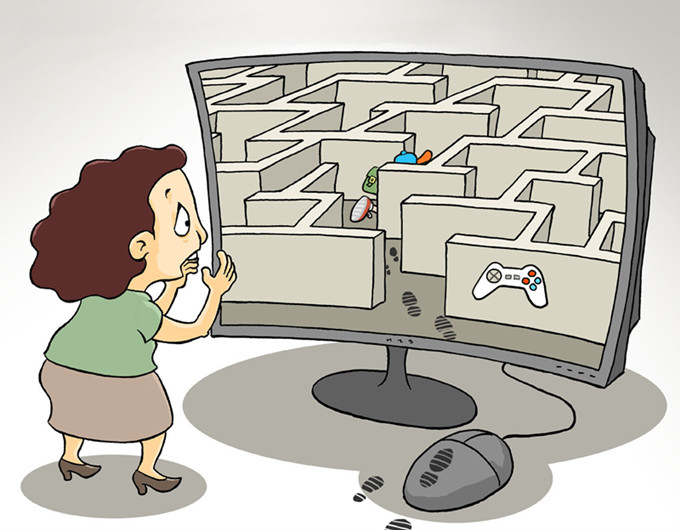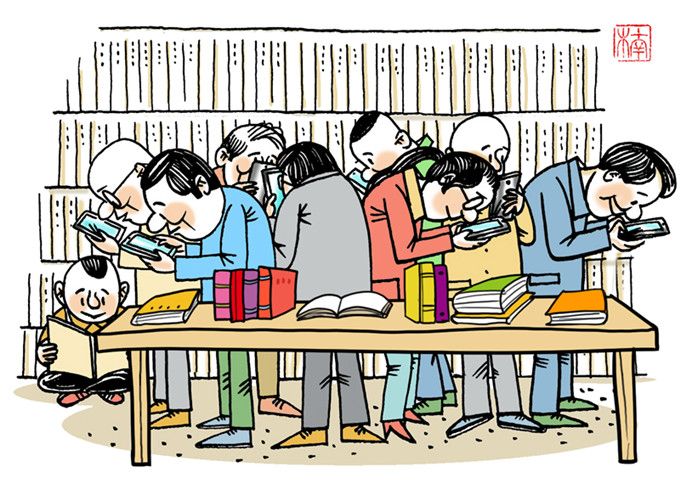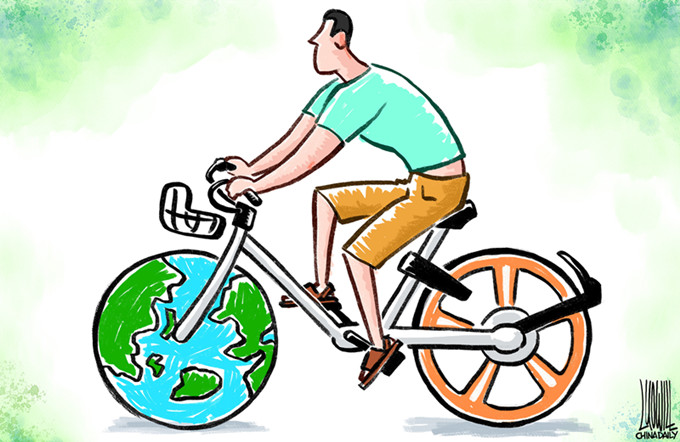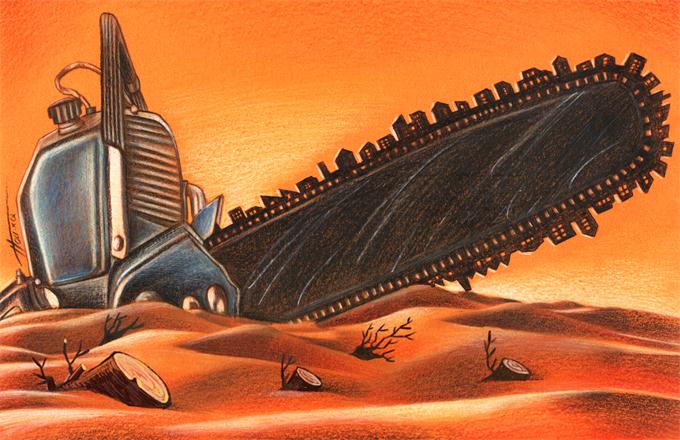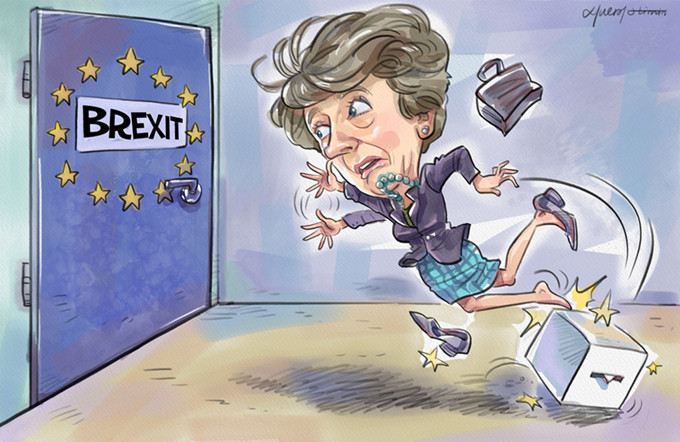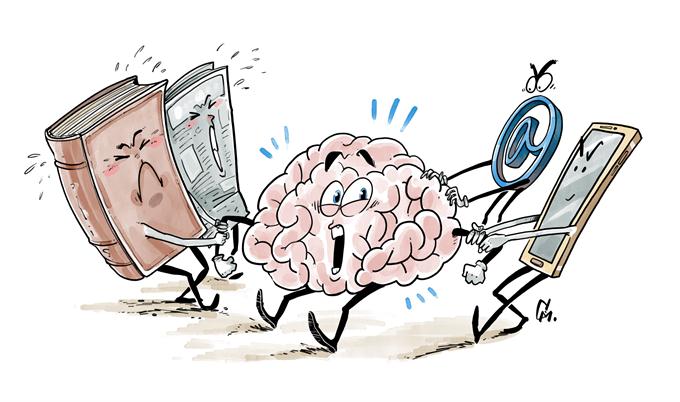How AIIB's energy lending can chart new development pathway
Working for Oxfam, I often meet inspiring people - who despite living precariously on the front lines of climate change, or struggling with energy poverty - are finding ways to help their communities adapt. Women like Ly Kim Giang, in Vietnam’s Mekong Delta, who is trialling a new method of growing rice, and generating biogas for her neighbours. What does the AIIB’s energy lending have to do with rice farmers in the Meking delta, you might be asking?
Many miles away, the Asian Infrastructure Investment Bank is meeting for its second annual meeting in South Korea, and all eyes are on the launch of the bank’s new energy strategy.
Why is this important? The new $100 billion multilateral development bank will be a major lender to energy infrastructure in developing Asia, where demand for power is growing fast. So the kind of infrastructure the bank chooses to support will be critical.
The energy strategy says promising things about upholding both the Paris Climate Agreement and the Sustainable Development Goals – and if the bank translates this into its lending then it could chart a new path of sustainable development in the Asia region and beyond. However challenges remain - as on paper, the strategy still leaves the door open to coal projects. More guidance will be needed - and the ultimate test for the AIIB will be how the strategy is implemented.
So, what next? Two things can help guide investment decisions:
First, the bank could test projects against their compatibility with the global goals. To really deliver on its aspirations to champion Paris and the SDGs, the bank must choose renewable energy over coal, and concentrate on projects that will get clean, sustainable energy into the lives of the poorest people. Half a billion Asians still wake up every morning without access to electricity. The fastest way to reach them is through off-grid, mini-grid renewable energy and clean cooking technologies. New coal will fundamentally undermine the temperature goals of the Paris Climate Agreement.
Neither is it a good investment: for every dollar the AIIB lends to fossil fuel projects, our analysis shows this could lead to costs of up to 10 dollars in terms of climate change damage within the Asia-Pacific, given its vulnerability to climate change. These are the costs from super-storms, flooding, lost harvests and disrupted livelihoods. Crucially too, the AIIB must learn lessons from where other MDBs have gone wrong so as not to repeat the social and environmental harms too often seen with big hydropower deals, for example.
Second, a strategic dialogue between the bank and the so-called Climate Vulnerable Forum countries will be a useful guide. Some of the bank’s most climate vulnerable members are developing countries with 100% renewable energy aspirations. The bank could explore a partnership with this group of countries to see how they could provide the finance they need to unlock their ambitions. In this post-Paris era, and in the context of the recent move by US President Donald Trump to pull out of the Paris Climate Agreement, the pendulum of climate leadership is swinging toward the global South. As an MDG majority-led by “Southern” countries, this is the bank’s opportunity to support new emerging climate leaders from the developing world – in a spirit of South-South cooperation.
The impact of the bank’s energy lending will be profound – and we want to see the AIIB use its lending power for good. For women living precariously on the front-lines of climate change and energy poverty, or communities facing displacement for dams, these investment decisions will have very real implications.
The author is the manager of Oxfam’s China and the Developing World Programme.




